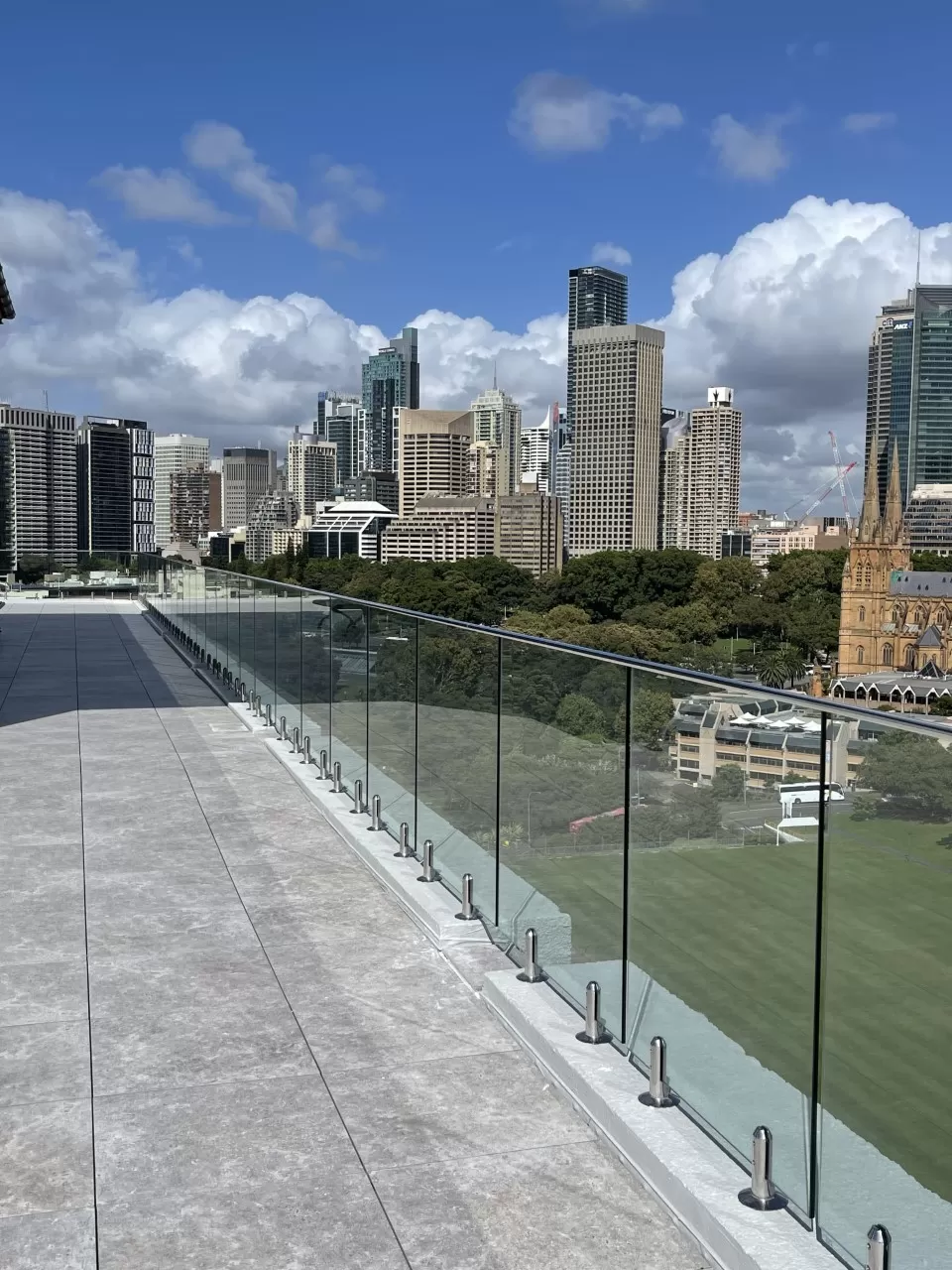Are Balustrade or Window Replacements Exempt Development?
If you’re planning to replace balustrades or windows in your building, it’s essential to understand whether those works qualify as exempt development under NSW legislation. While these upgrades may appear minor, they often trigger regulatory requirements that mean formal planning approval is necessary.
In this article, we explore why balustrade and window replacements may not be exempt development, and what building owners and strata schemes need to know to stay compliant.
What Is Exempt Development?
Exempt development refers to minor works that don’t require planning or building approval, provided they meet specific standards set out in the State Environmental Planning Policy (Exempt and Complying Development Codes) 2008 (SEPP). However, exemptions are not automatic, and certain building conditions or work types may disqualify a project.
Why Balustrade Replacements Are Often Not Exempt
Although clause 2.53(e) of the SEPP lists “the repair to or replacement of a balustrade” as exempt development, it includes a key qualifier — the work must be non-structural.
But Here’s the Catch:
According to Australian Standard AS/NZS1170.1:2002, balustrades are classified as structural barriers that must withstand imposed actions (e.g. loads, impacts). This means:
Any replacement of a balustrade that affects structural integrity is not considered non-structural, and is therefore not exempt.
The NSW Building Commissioner has reinforced this interpretation, stating in a prohibition order that “Balustrade walls are external load-bearing components essential to the stability of the building.”
What About Window Replacements?
Similar principles apply to window replacements. If the new windows:
-
Alter the structure of the building,
-
Affect fire safety measures,
-
Do not meet the National Construction Code (NCC) performance standards, or
-
Are part of a building with missing or outdated fire safety certifications,
Then the replacement works will not qualify as exempt development.
Key Reasons Balustrade or Window Replacements Might Require Approval
-
No Fire Safety Statement or Certificate
SEPP clause 1.16(2) requires buildings to have either:-
A current Fire Safety Certificate or Annual Fire Safety Statement, or
-
No fire safety measures in place at all.
Without this, the SEPP (and its exemptions) do not apply.
-
-
Pre-1988 Buildings
Buildings approved before 1 July 1988 (under Ordinance 70) may not be required to submit fire safety statements — but this also means they may not qualify for exemptions under current SEPP regulations. -
Local Environmental Plans (LEPs)
Some LEPs in force before September 2005 may override SEPP provisions, especially if they specifically classify such works as complying development instead of exempt. -
Structural Design Requirements
The NCC and Australian Standards define both balustrades and certain window systems as structural. This structural nature pushes these works outside the scope of exempt development. -
Design and Building Practitioners Act 2020 (DBP Act)
Even if no planning approval is required, compliance with the DBP Act may still apply — requiring registered practitioners to design and certify the work.
Why You Should Seek Expert Advice
Before starting any balustrade or window replacement, it’s critical to determine:
-
Whether your building meets the exemption criteria;
-
Whether the works are structural or impact fire safety systems; and
-
If approval is required under SEPP, LEP, or other NSW planning laws.
Failing to comply can result in:
-
🛑 Stop work, removal or remediation orders
-
💸 Significant penalties under the Environmental Planning & Assessment Act 1989
-
📄 Termination of building contracts
-
🛡️ Loss of insurance coverage due to unauthorised works
Need Help With Your Project?
Whether you’re replacing a balustrade, upgrading windows, or managing a building refurbishment — we can help ensure your works are legal, compliant, and approved.
📩 Contact us today to arrange a consultation.


No responses yet